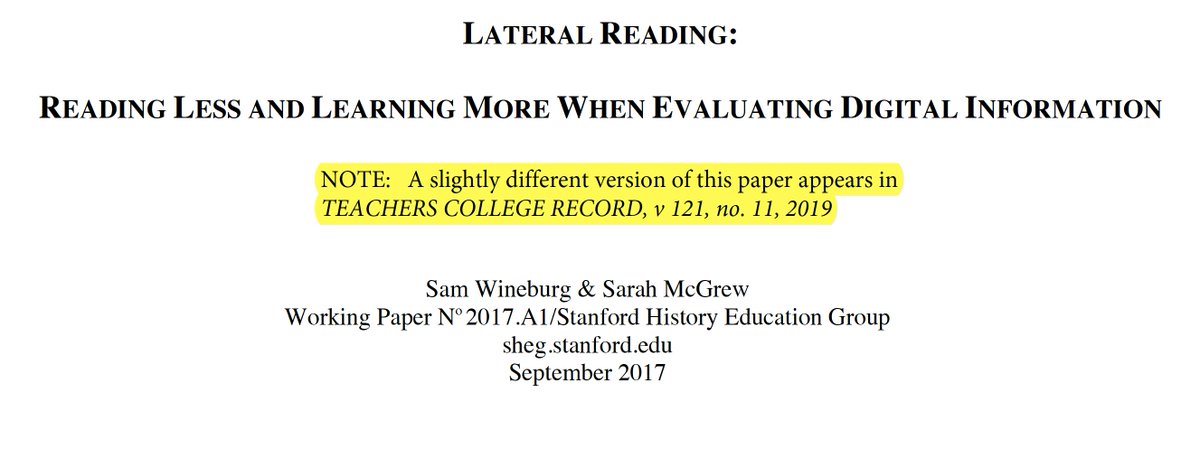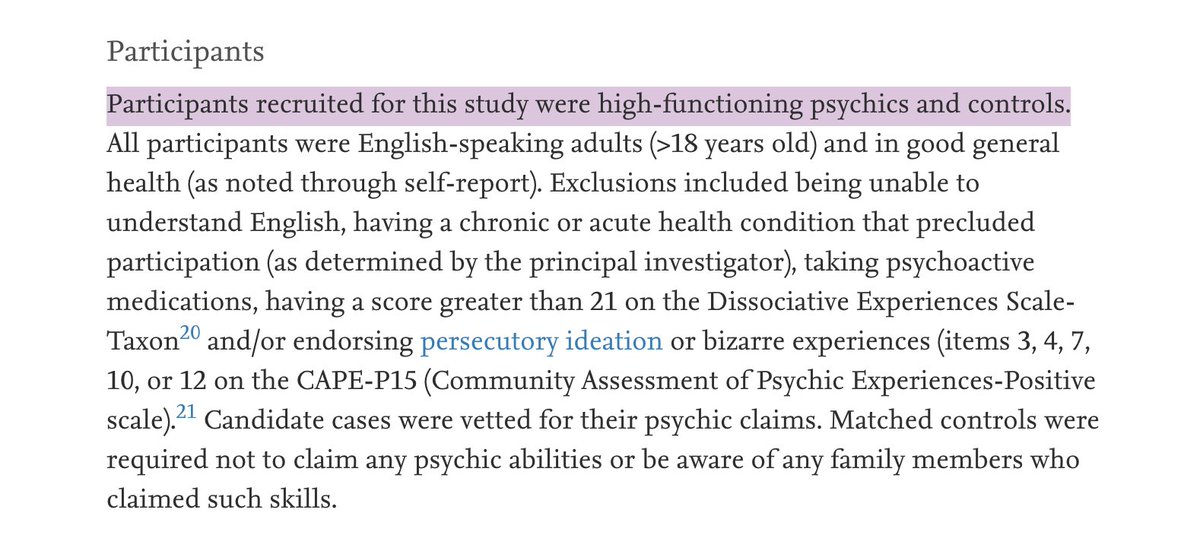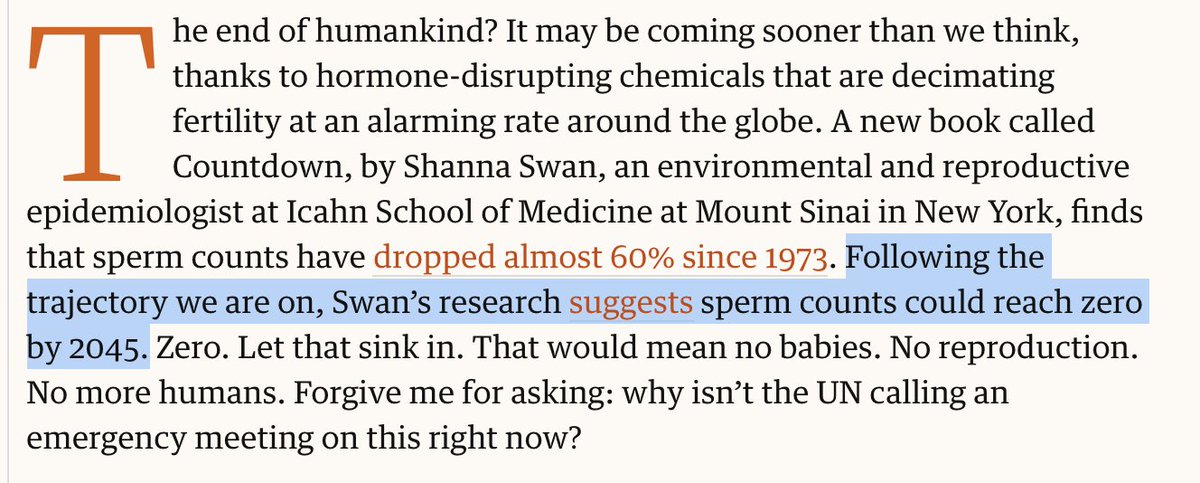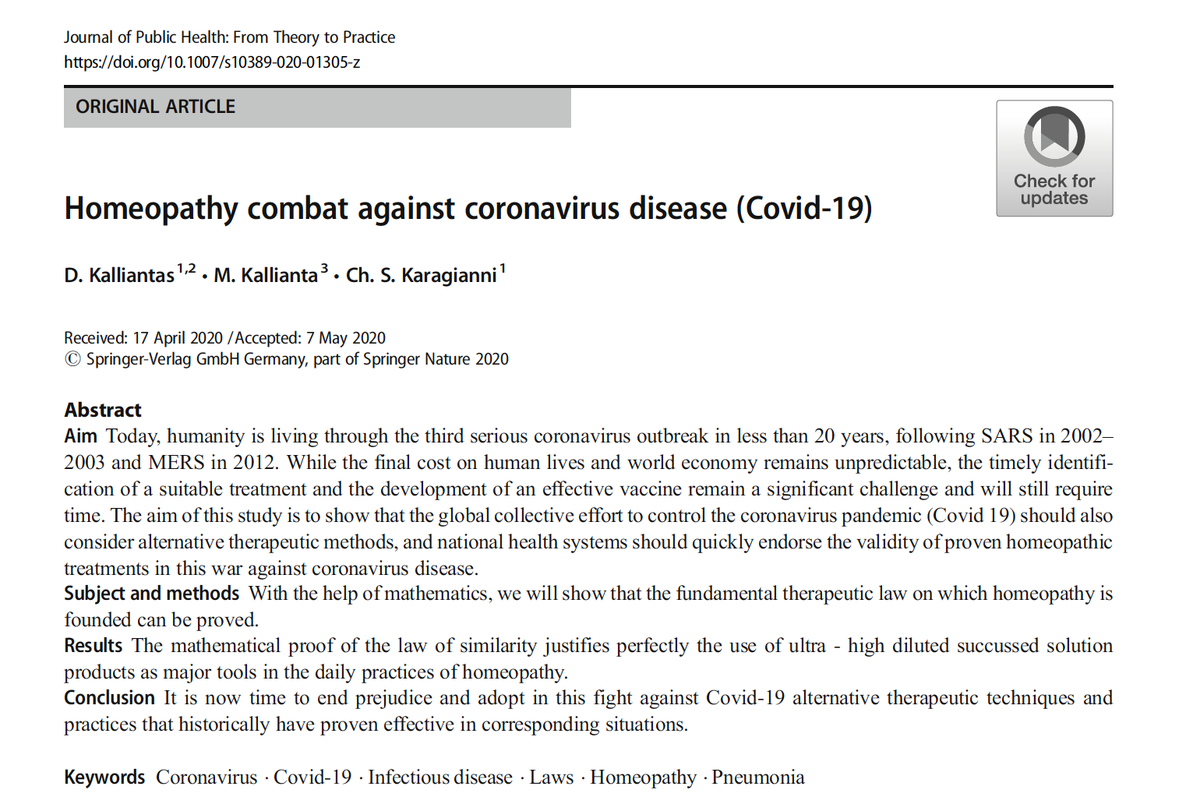
We're all drowning in bullshit.
From @CT_Bergstrom and @JevinWest at the @UW.
https://t.co/4i2HzzyMrc
Book: https://t.co/QF3nsQm5FA.
3 subscribers
How to get URL link on X (Twitter) App


https://twitter.com/danluu/status/1502529303275196417

 This was a fascinating exercise. People pointed out a lot of important issues.
This was a fascinating exercise. People pointed out a lot of important issues. 


 The first thing to notice is that this graph shows annual *change* in murder rate. Showing changes is fine, when there's a good reason to—and there may be one here.
The first thing to notice is that this graph shows annual *change* in murder rate. Showing changes is fine, when there's a good reason to—and there may be one here. 
 tl;dr — the fact checkers are very good at this, whereas the students and history professors alike are terrible.
tl;dr — the fact checkers are very good at this, whereas the students and history professors alike are terrible. 
https://twitter.com/bopinion/status/1390879476469403648Who is telling me this?


 To be fair, the FOX story manages not to claim that color has a causal effect on resale value, though the implication seems to be there.
To be fair, the FOX story manages not to claim that color has a causal effect on resale value, though the implication seems to be there. 




https://twitter.com/MLevitt_NP2013/status/1372571271117029385He links to an article by Erin Brockovich. (Yes, *that* Erin Brockovich!)


https://twitter.com/joel_c_miller/status/1367006825598521347Instead of calling the person an idiot, he does nice job of explaining how you might test such a hypothesis — and then looks to the data to show that this story about fear and stress is entirely unsupported. The whole thing is well worth a read.







 …that story fits my pre-existing commitments about how machine learning picks up on the worst of societal biases. So I thought it was worth checking out.
…that story fits my pre-existing commitments about how machine learning picks up on the worst of societal biases. So I thought it was worth checking out. https://twitter.com/techreview/status/1282997462794412032

 While it would be fish in a barrel to drag this paper as a contribution to the pseudoscience of homeopathy, we'll largely pass on that here. More interestingly, this single paper illustrates quite a few of the points that we make in our forthcoming book.
While it would be fish in a barrel to drag this paper as a contribution to the pseudoscience of homeopathy, we'll largely pass on that here. More interestingly, this single paper illustrates quite a few of the points that we make in our forthcoming book.
https://twitter.com/andishehnouraee/status/1284237474831761408In our book we suggest that one never assume malice when incompetence is a sufficient explanation, and one never assume incompetence when an understandable mistake could be the cause.

 For example,, we've put together case studies on a paper about criminal detection from facial photographs...
For example,, we've put together case studies on a paper about criminal detection from facial photographs...
https://twitter.com/BorisJohnson/status/1259572964447653892From the book: "Mathiness refers to formulas and expressions that may look and feel like math—even as they disregard the logical coherence and formal rigor of actual mathematics."

